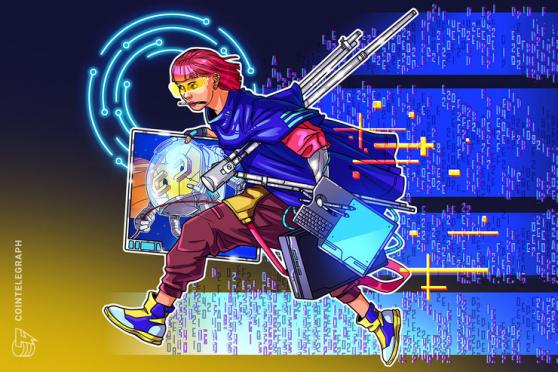2021 has already seen a number of eye-catching milestones reached for the nascent nonfungible token (NFT) market, which has seen an increase in value of 2,100% from Q4 2020, with consumers spending over $2 billion. While headlines have been dominated by record-breaking sales, what’s often overlooked is the growing demand from new investors. According to NonFungible, which tracks NFT transactions, there were 73,000 NFT buyers and 33,000 NFT sellers in Q1. Although these numbers may seem impressive, they are in fact relatively small compared to the global art market, which was valued at $64.7 billion in 2018, with the United States, China and the United Kingdom accounting for 84% of the global market.
The traditional infrastructure for the art market, dominated by dealerships and auction houses, already seemed dated in an increasingly online and globalized world, where demand in emerging markets for this asset was only going to grow. People will probably look back on the COVID-19 pandemic as a catalyst for disrupting the existing art-market infrastructure. Meanwhile, the NFT market does provide a glimpse into how smart-contract technology can be applied to ensure third parties and middlemen who would normally demand their cut can be removed. As things stand, however, the current infrastructure has too many flaws and too much potential for user error for it to realistically act as an alternative to the current methods for verification, distribution, auction and certification of ownership.
Continue Reading on Coin Telegraph
